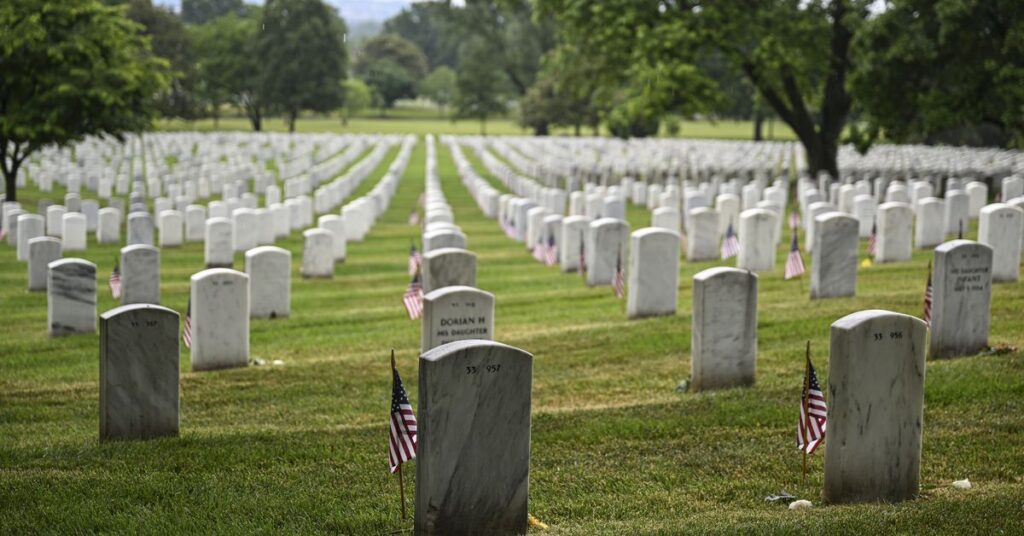The first observance of what came to be known as Memorial Day was on May 30, 1868, when a Civil War general called on Americans to commemorate the sacrifices of Union soldiers. It was initially called Decoration Day, for the practice of decorating graves with wreaths and flags. And there were so many graves — more than 300,000 men had died on the Union side, and nearly as many for the Confederacy. In total, more died on both sides of the Civil War than in every other US conflict through the Korean War, combined.
It wasn’t long, though, before remembrance began to be overshadowed by celebration. Within a year, the New York Times opined the holiday would no longer be “sacred” if parades and speeches became more central than the act of memorializing the dead. Which is precisely what happened, especially after Congress in 1971 fixed Memorial Day as the last Monday in May, making it the perfect launchpad for summer, with an increasingly perfunctory nod to the holiday’s original purpose.
The gap between those for whom Memorial Day is a moment of remembrance versus three days of hot dogs and hamburgers will likely only grow in the future, as veterans of previous wars pass away and the divide between America’s all-volunteer military and its civilians deepens. Fewer than 1 percent of the US adult population serves in the military, and those still signing up increasingly come from a small handful of regions and families with a history of military service. (You can include my own family in that ever rarer number: My brother is a retired Army captain who served in Iraq.)
With an ever-inflating defense budget — now north of $800 billion — the footprint of the US military is hardly shrinking, but the number of those who will potentially be called on to give what Lincoln called the “last full measure of devotion” is.
Yet there’s a greater gap embedded in Memorial Day: It’s between those who died as warfighters (to use one of the Pentagon’s…
Read the full article here





